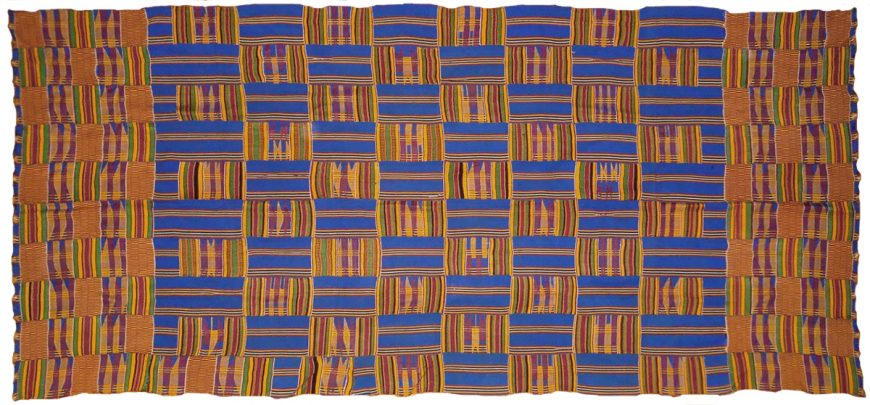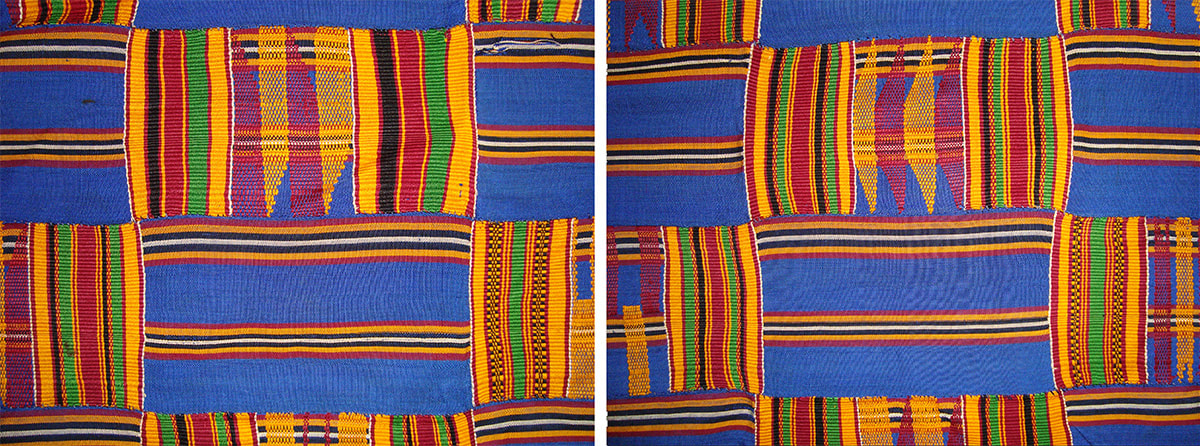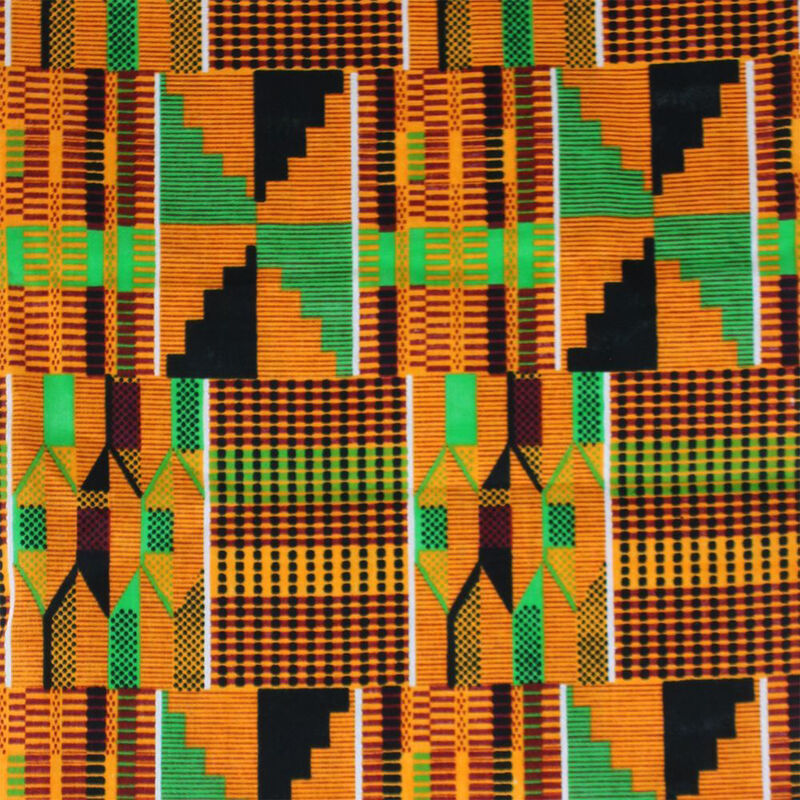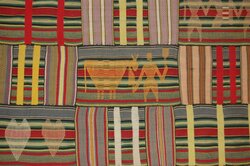Kente – a royal cloth from Ghana in West Africa
The King has Boarded the Ship (top).
Above left: “Broken Pot” pattern; Above right: “Empty Powder Keg” pattern, c. 1985, rayon (collection of Dr. Courtnay Micots)
Above left: “Broken Pot” pattern; Above right: “Empty Powder Keg” pattern, c. 1985, rayon (collection of Dr. Courtnay Micots)




